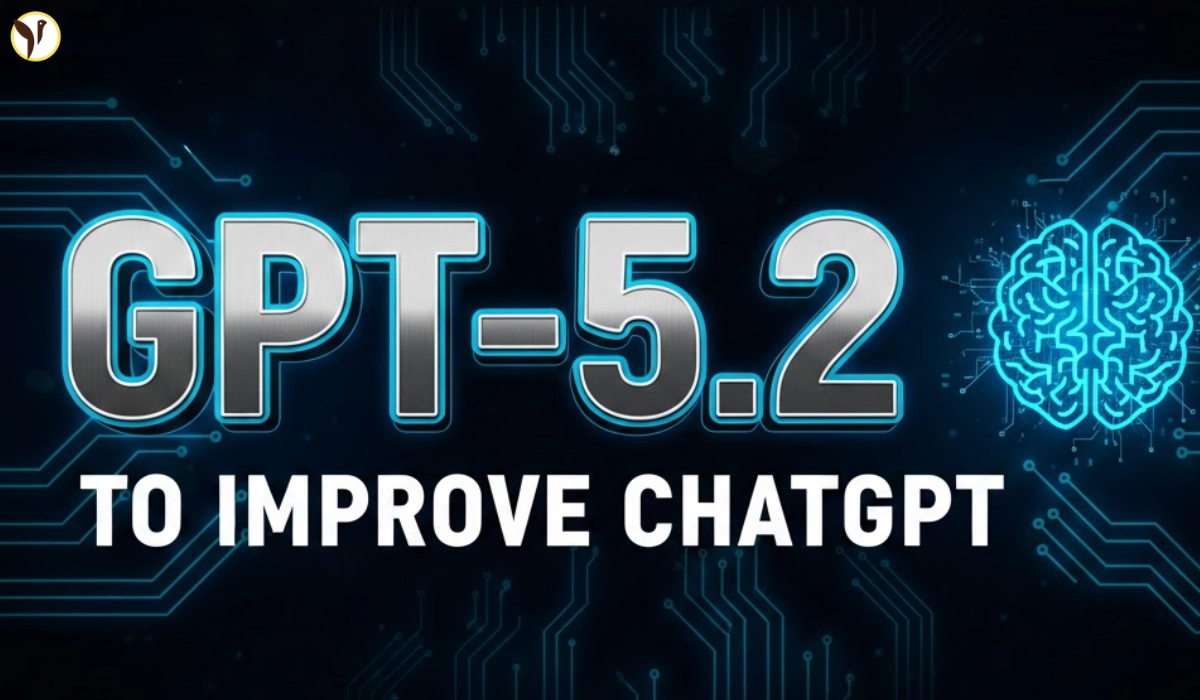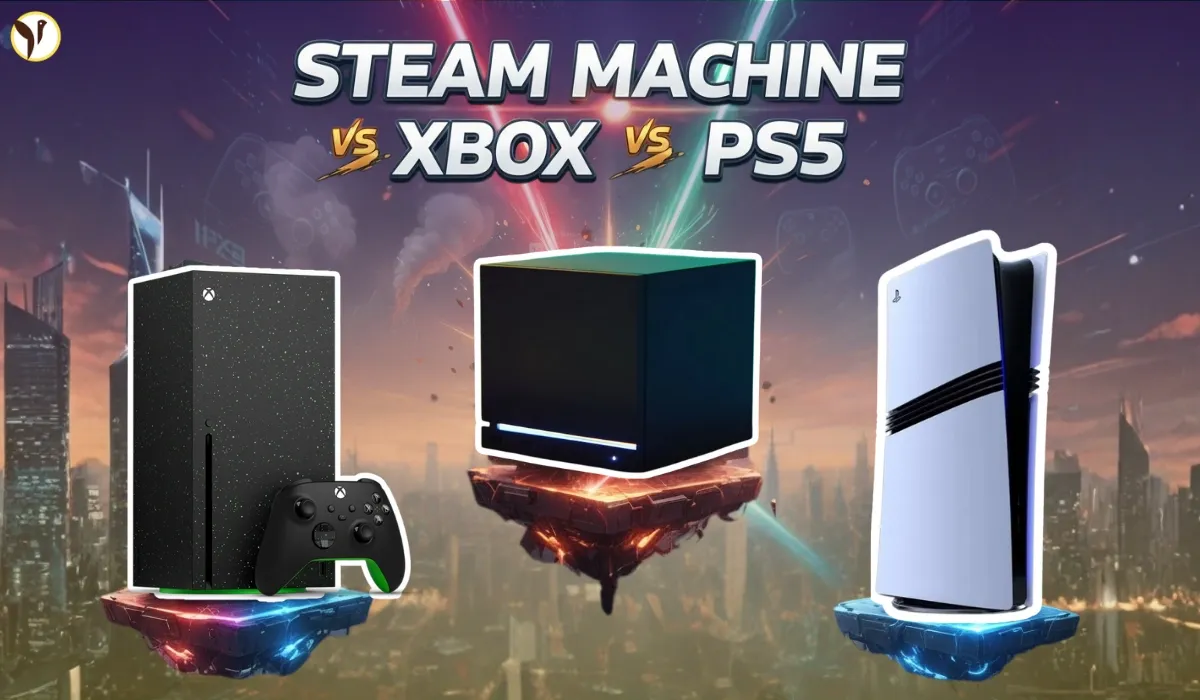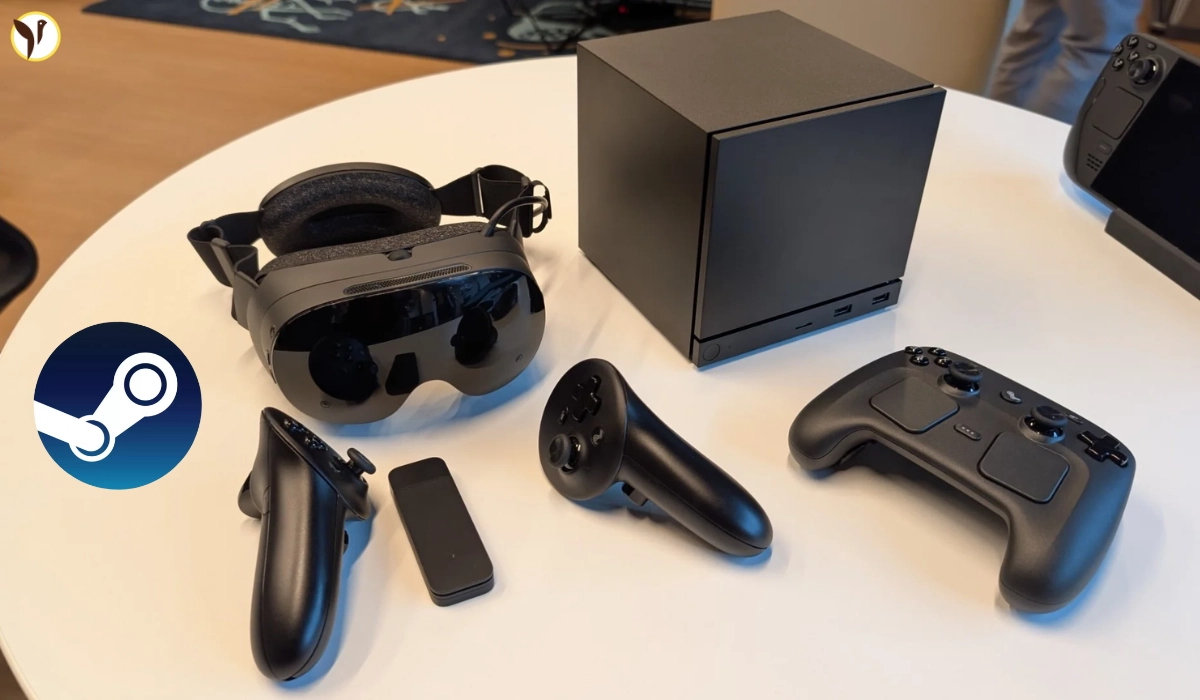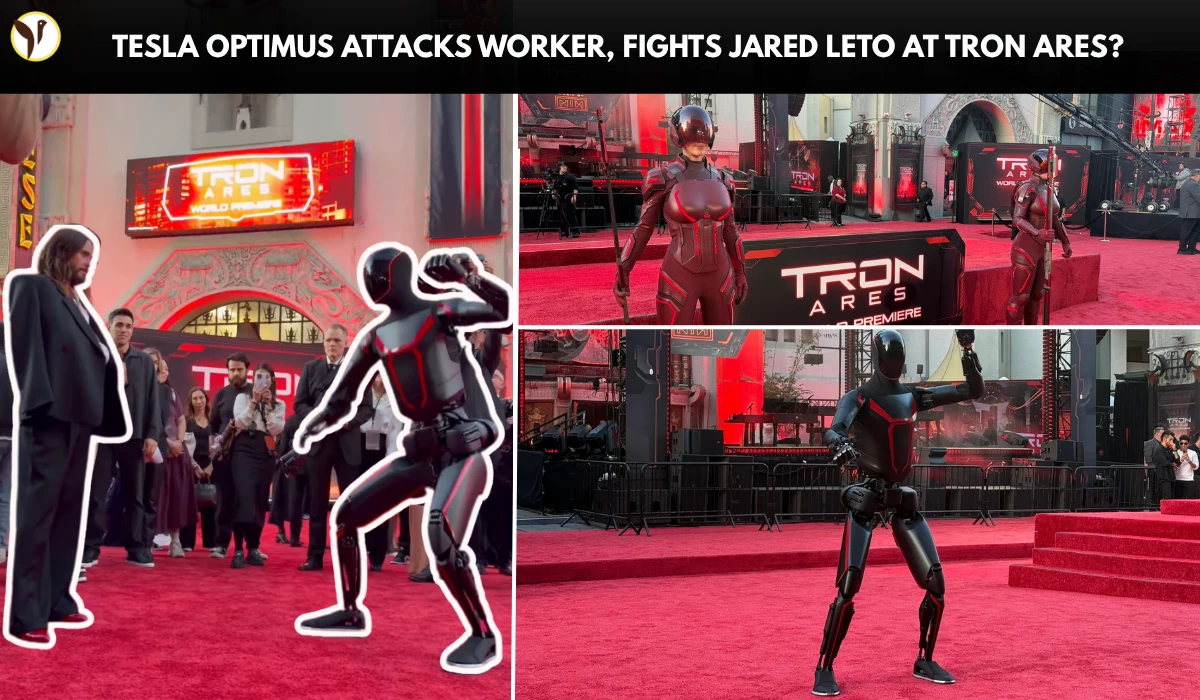Technology is moving fast, and one of the biggest shifts we’re seeing right now is the rise of Ambient AI, also known as Invisible AI. This kind of AI isn’t about robots or apps you have to open — it’s more like smart tech that quietly works in the background, helping out without getting in the way.
In 2025, this technology is being used in powerful ways, especially in healthcare and personal tech like smart homes. Here’s a look at what’s going on with Ambient AI right now and how it’s starting to change everyday life.
How Ambient AI Is Helping in Healthcare
Hospitals and clinics are using Ambient AI to make things smoother for doctors and patients. These systems can listen to conversations between a doctor and patient, then automatically write up notes. This saves time and helps doctors focus more on treating people instead of typing.
Some key examples:
-
Tools like Suki AI and Nuance DAX help with clinical note-taking
-
Ambient sensors are used to monitor patients in real time
-
Doctors say this tech helps reduce stress and avoid burnout
-
It also improves the overall experience for patients
These quiet systems are now a big part of how modern healthcare works, and they’re expected to become even more common soon.
Ambient AI in Homes and Everyday Life
You might already have some form of Ambient AI in your home without even realizing it. Smart home devices are now being built with this tech so they can automatically adjust lights, temperature, or even detect motion — all without you needing to touch anything.
Here’s what’s happening:
-
Samsung is adding Ambient AI into its SmartThings platform
-
Devices can sense your presence and adjust settings without needing a command
-
New AI gadgets by creators like Sam Altman and Jony Ive aim to offer help without screens or buttons
-
These tools are made to fit into your life naturally, not interrupt it
This shift means AI is becoming more “human-like” in how it helps — quiet, smooth, and always in the background.
What’s Next for Ambient AI?
In the future, Ambient AI could be everywhere — from your home to your car to your office. It’s not about flashy robots or talking assistants, but simple tech that understands your needs and supports you quietly.
Some things to expect:
-
More personalized experiences based on your habits
-
Tools that learn from your behavior and make smart suggestions
-
Expanded use in industries like education, security, and transportation
-
Continued focus on data privacy and security
As it grows, developers are working to make sure this tech stays helpful, safe, and respectful of your personal data.









